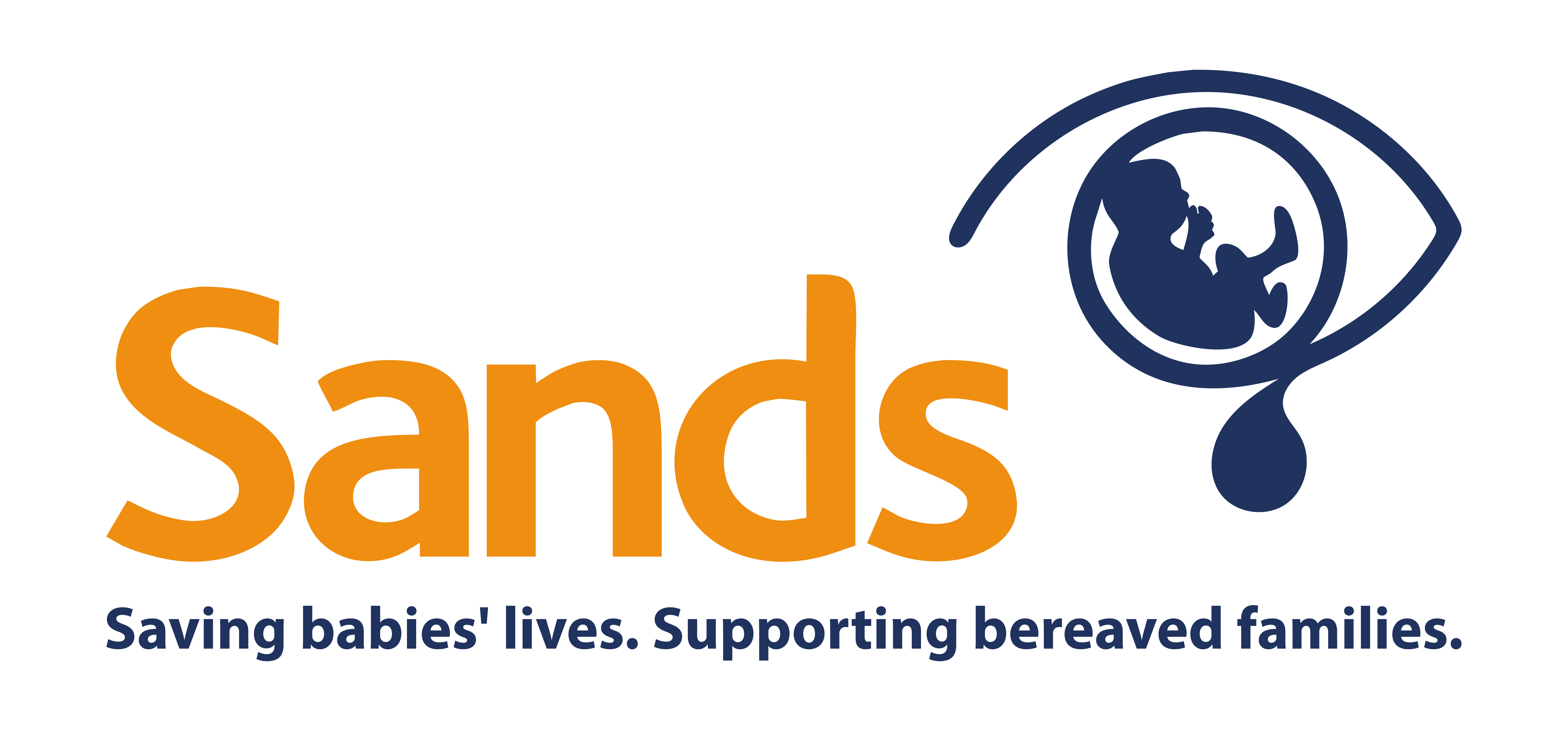The results of the Late Stillbirth Priority Partnership (Stillbirth PSP) were presented at the British Maternal and Fetal Medicine Conference on 24th March. Dr Alexander Heazell presented a poster summarising the work which aims to ensure that future research addresses the most important questions in late stillbirth research. Hundreds of parents took part in this project which resulted in 11 questions, from a wide range of topics, covering bereavement care, management of stillbirth as well as research around stillbirth prevention, being chosen as priorities for stillbirth research:
- How can the structure and function of the placenta be assessed during pregnancy to detect potential problems and reduce the risk of stillbirth?
- Does ultrasound assessment of fetal growth in the third trimester reduce stillbirth?
- Do modifiable ‘lifestyle’ factors (e.g. diet, vitamin deficiency, sleep position, sleep apnoea, lifting and bending) cause or contribute to stillbirth risk?
- Which investigations identify a fetus which is at risk of stillbirth after a mother believes she has experienced reduced fetal movements?
- Can the wider use of existing tests and monitoring procedures, especially in later pregnancy, and the development and implementation of novel tests (biomarkers) in the mother or in early pregnancy, help prevent stillbirth?
- What causes stillbirth in normally grown babies?
- What is the most appropriate bereavement and post natal care for both parents following a stillbirth?
- Which antenatal care interventions are associated with a reduction in the number of stillbirths?
- Would more accessible evidence-based information on signs and symptoms of stillbirth risk, designed to empower women to raise concerns with health care professionals, reduce the incidence of stillbirth?
- How can staff support women and their partners in subsequent pregnancies, using a holistic approach, to reduce anxiety, stress and any associated increased visits to healthcare settings?
- Why is the incidence of stillbirth in the UK higher than in other similar high-income countries and what lessons can we learn from them?
The Stillbirth PSP was led by Dr Alexander Heazell, consultant obstetrician and lecturer in obstetrics, University of Manchester and the NIHR James Lind Alliance (JLA), a not-for-profit organisation with expertise in priority-setting work. The aim of the work, which began in May 2014, was to establish the top priorities in late stillbirth research by inviting the views of all stakeholders, from researchers and clinicians, to parents and the general public.
The individuals and organisations on the steering committee for the PSP are listed here and include Sands. A broader group of stakeholders were responsible for supporting the work and helping disseminate information about the study to engage wide participation from all groups from specialist researchers to parents and the general public.
- First online survey, May to July 2014: asked individuals and organisations to submit their most important unanswered questions. Having removed those which didn’t qualify, a total of 1,225 questions were received from over 574 individuals and organisations, including parents, obstetricians, midwives and charities.
- Analysing survey responses, July to December 2014:
- the steering group then removed questions which were duplicates
- these were then put into categories (some covered issues to do with stillbirth prevention, improving monitoring in pregnancy and developing new tests, others were questions about bereavement and post natal care).
- 16 questions were added from groups, such as NICE, looking for evidence to support guidelines where good-quality studies don’t yet exist
- this resulted in a list of 361 indicative questions
- the steering group and specialist researchers then looked to see whether any existing studies had already answered any of the remaining 361 questions
- these were then ‘ranked’ according to who and how many people had suggested them; if both parents and professionals submitted a particular question, it ranked higher, for instance, than if just one individual had submitted a question
- this resulted in a shorter, more manageable list of 48 questions.
- Second survey, December 2014 to end January 2015: invited people to rank their top ten questions from the shorter list of 48 questions
- 1,118 people responded to the second survey. Just as with the first survey, around 33% were parents and 67% were professionals or ‘others’
- this resulted in a final list of the most popular 25 questions.
- Final Workshop February 2015
- The day was run by Alex Heazell and staff from the James Lind Alliance. The 25 attendees were split into multi-disciplinary groups to discuss their own opinions on ranking the final 25 questions and then split again into different groups until a consensus began to take shape. The workshops generated useful and open debate and there was good consensus from the very beginning.
The research priority list for late stillbirth will be updated on the NICE DUET’s system (which lists research ‘uncertainties’ in many areas of health and acts as an enabler for research prioritisation and funding) soon.
For more information about the Stillbirth PSP, go to www.stillbirthpsp.org.uk
For more about the James Lind Alliance, go to www.lindalliance.org
